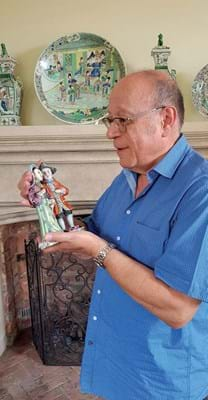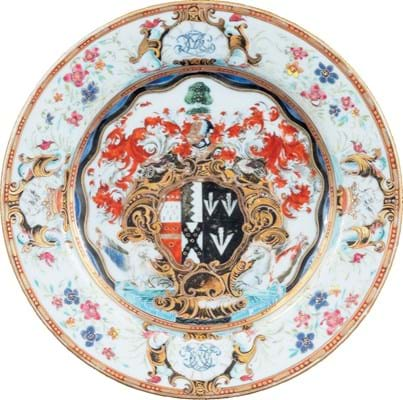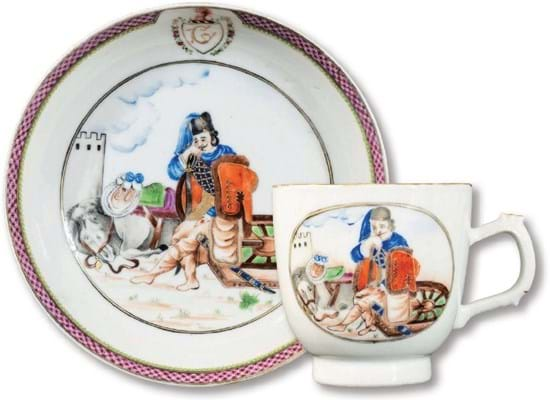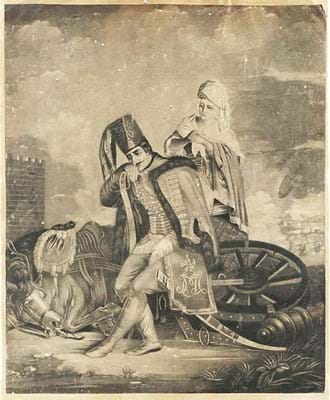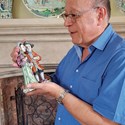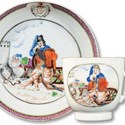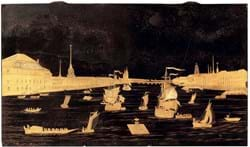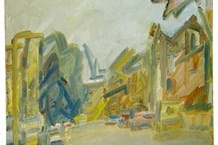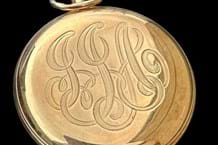Sometimes it takes a force of nature to part a collector from a lifetime of acquisitions. For the Californian owner of an array of Chinese export porcelain, it was the threat of a magnitude 8 earthquake from the San Andreas Fault that contributed to his decision to sell.
Michael Cohen of UK porcelain dealership Cohen & Cohen first met the collector, a member of the entertainment industry, when he started buying at a relatively young age in the early 1970s.
“He’s been expecting the big quake for quite a long time,” Cohen says. “He had been talking about selling the collection for five years. I pointed out that if he didn’t sell and the worst did happen he would be sorry.” In May this year the decision was made.
The 130 or so pieces of the newly christened Golden Gate Collection that goes on offer at Cohen’s St James’s gallery in November represent the cream of a remarkable crop, with an online catalogue of some lower-value pieces planned for the future. Augmented by 30 pieces from other sources, acquired by Cohen during the past 12 months, it represents the dealer’s largest catalogue to date.
Like all single-owner collections, Golden Gate has its own distinct personality. “Dealers act as a filter,” says Cohen. “If you’re buying from a dealer, he or she has probably rejected 100 pieces in favour of the one you’re seeing.
“A good collector is then filtering again to their taste, thus stamping their own personality on the collection.”
“Sometimes it takes a force of nature to part a collector from a lifetime of acquisitions”
Wide selection
What sets Golden Gate apart from other assemblages of export porcelain is its breadth. Roughly speaking, a third of the pieces are adorned with the armorials of European families, a third are focused around subjects typically taken from European prints, while the other third are focused on shape and form.
There are some Kangxi (1654-1722) famille verte and Yongzheng (1723-35) pieces, made in an era when porcelain from the kilns of Jingdezhen was revered in the West for its near-magical properties. The majority were made during the reign of Qianlong (1735-95) when the export trade was in its pomp.
Cohen says: “The collector bought what he liked and he liked export porcelain as a whole. So it’s a little eccentric and broader-based than most collections.”
Cohen has specialised in the field since 1973 and is difficult to surprise. “We almost never get anything we haven’t seen before or don’t know of,” he says. Nonetheless, this collection has found room for some exceptionally rare pieces.
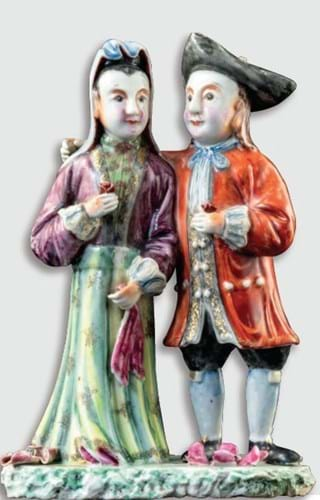
An 8in (20cm) figure group of a Dutch couple c.1740, one of only two recorded examples. Priced in the region of £95,000.
The highest-value item on offer, with a price tag of around £95,000, is a famille rose figure group of a Dutch couple c.1740. This is one of only two recorded examples of this unusual model and was previously in the Martin Hurst collection, which formed the basis for The Book of Famille Rose by George Williamson (1970). The other example was in the celebrated Mottahedeh collection. It has been suggested that, as well as being made for the export market, these figures might also have served as entertainment at the Qing court.
Cultural mix
The charm of Chinese export porcelain is precisely this sometimes curious mixture of cultures. The famille rose palette itself was perfected with the help of Jesuit missionaries at the court in Beijing. “These are some of the first fusion works, art that combined Far Eastern and European cultures,” Cohen says. A c.1745-50 coffee pot made for the English market bears a scene from Don Quixote.
The dealer had encountered the scene before – but evidently never on a coffee pot. The vignette, in which Quixote puts on a barber’s basin which he has mistaken for the fabled Helmet of Mambrino, is taken from a print by Gerard van der Gucht, used to illustrate an English edition of the Spanish classic.
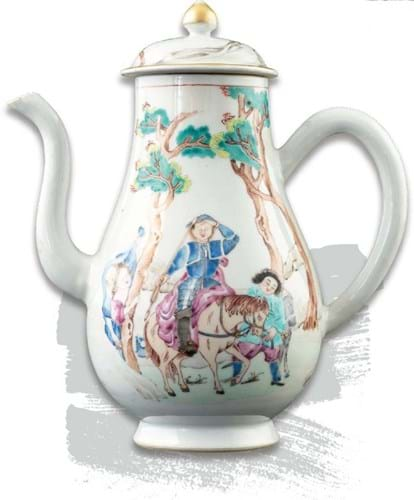
A coffee pot and cover c.1745-50 painted in famille rose with a scene from Don Quixote. The image, taken from a print by Gerard van der Gucht (1697-1776), was originally used by the Gobelins textiles factory and is known in a series of tapestries. Priced at around £26,000.
By this time European porcelain production had began in earnest – first in France and Germany in the 1710s, then in Italy and latterly in England from the 1740s. However, until the late 18th century, it was invariably cheaper to commission porcelain via the Silk Road and await its return from Canton.
A rare dinner plate in the collection made c.1765 demonstrates the influence of European porcelain: decorated with a view of the Ponte Sant’Angelo over the River Tiber in Rome (a scene popular in 18th century prints), the borders and cartouche feature Meissen-style decoration.

A dinner plate c.1765 decorated with a view of the Pont Sant’Angelo over the River Tiber in Rome and Meissen-style border decoration. Several prints of this scene were published in the 1760s. Priced at around £22,000.
Like so much of the traditional collecting market, export porcelain (with its broad price bracket of £25 to £250,000) is strongest at this higher end. Today’s buyers are found predominantly in the same regions that commissioned porcelain in the 17th and 18th centuries – the European nations with powerful ‘East India’ companies and later the US.
Stronger markets
Cohen names Portugal, Brazil and the US as the three strongest markets currently. There are fewer major collectors in the UK, while export wares are yet to gain much traction with Chinese buyers, for whom much of the subject matter remains hard to fathom.
Nonetheless, Cohen maintains that Asian Art in London, which brings a wealth of international collectors and buyers to London, will be the ideal moment to bring Golden Gate back to the market.
At this year’s event, he will offer the same advice to new buyers that he gave to his client over 40 years ago: “Buy the best you can. Go for one good piece rather than 10 mediocre ones and use an expert to help you.”


